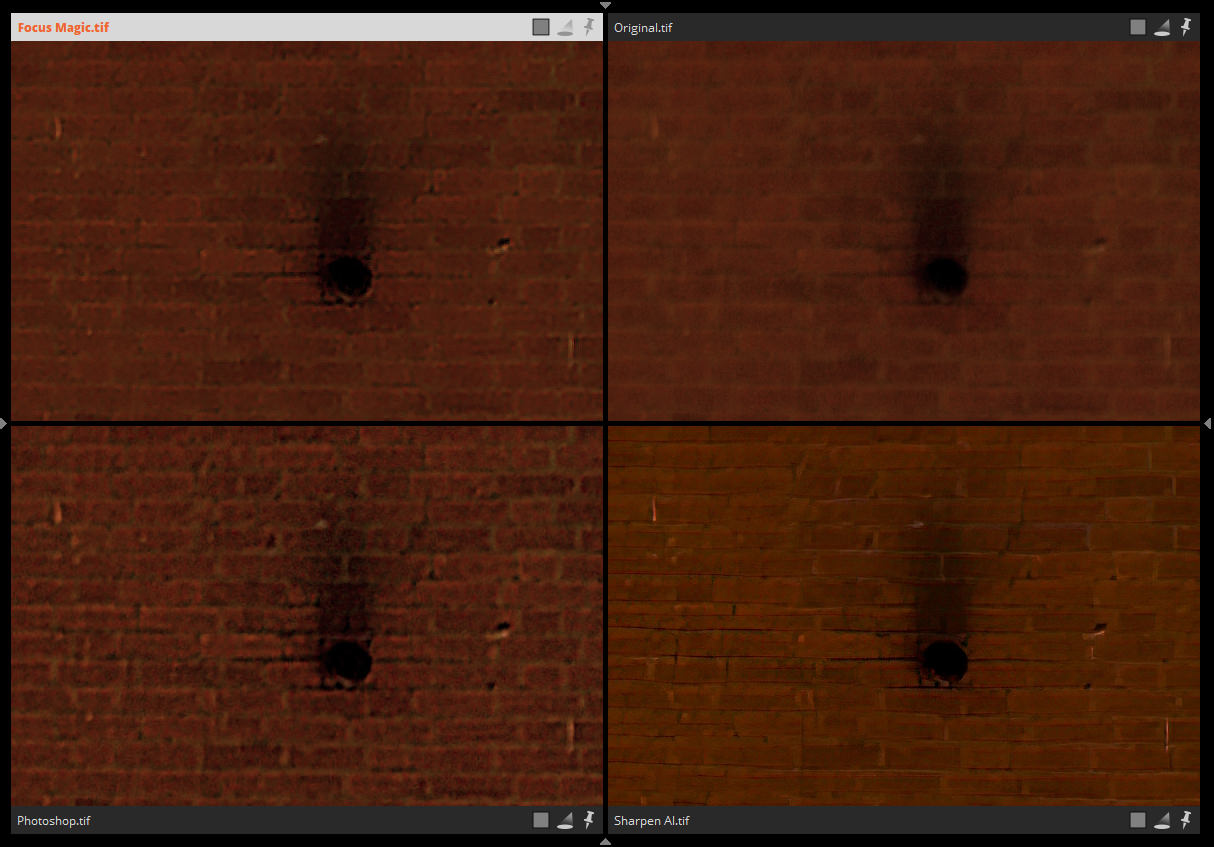
In other words the person doing it knows what should be there. On the other hand image restoration by experts in that area seems to be a little prescriptive. It seems that there are algorithms around that can reduce certain optical aberrations. The eyes come up well, the nose gets pointed and the facial features flatten and tend to become angular plains. It falls down on a smooth face because there aren't any other than the nose and the eyes. This suggests that in situations where the sharper features in an image are close to some degree it can work well. A striped tee shirt was restored and kept it's "shape". The features became angular, the nose depth is distorted and other features flatten and become angular. What I found Revi is that sharp detail, grass, brick wall, may be restored rather well on a fuzzy image but faces in the image loose their true "shape". So there is no way you can avoid the sharp cut-off in the processing.Īnd of course we have to use 'blind' deconvolution: there's no easy way to get the specific set of deconvolution functions needed for each point of the image (and the required functions can vary over an image, e.g. Note that the gaussians here are already present in the image: they are the density distribution around each of the points making up the image, and deconvolution tries to reduce them to their optimal size: a pixel. Increasing the area used in the calculations could diminish the visibility of the ringing, but that increases processing time quite a bit ( O(N²) iirc). If you use a moderate intensity, the ringing will be undetectable by eye, but if you are applying a too 'intense' deconvolution, the artifacts will be visible (and they are ugly). That creates a sharp edge in your function (even a discontinuity), and thus the ringing artifacts. The artefacts are typical of appying a Fourier Transform to a sharp edge (ringing).Ī gaussian curve is basically infinite (never reaches zero), so in practice you have to cut it after a certain distance. They can be very apparent for instance past some out of focus detail level. In other words too high a degree of convolutes. Past some point artefacts appear and detail is lost. A question on the G'MIC site would probably answer that as it's supposed to have it but all I can see is sharpen - deblur. I can't help wondering if that is what this type of sharpening is. The GIMP uses a convolute matrix for sharpening with a brush.

It's about time I had a clear out anyway. Fortunately I can restore the base photo's. I have now replaced the desktop entry with a link to the real folder. I deleted a desktop folder by mistake and also messed up recovery. I did have some examples but a silly lost all of my processed shots recently. This is why I wonder if deconvolution sharpening actual is but there are are degrees of how much is applied. Strong contrasty detail may be restored but if for instance some ones face is in the image at some point it will loose it's "shape" and that is likely to be distorted at relatively low out of focus levels. The whole area is a very good way of getting a very extreme headache. There is a facility for this in the GIMP and a video that explains what goes on and gives a couple of examples. I fail to see how they decide on what to put in the matrix that is used but having seen a load of tat changed to a half decent image they can.

It's used by people who are into image restoration - astronomy, microscopes etc.

That can do all sort of things, blur or sharpen. I'd strongly guess this is now being called deconvolution sharpening.īut there is also convolution. Initially refocus routines where called blind deconvolution and there were a few around on the web pointing out that lacking info on what the problem is can be problematic but they did improve things. This is probably what the military gave to the Hubble project before it obtained it's spectacles. So deconvolution usual means either focusing an out of focus image or if they are known removing the optical errors that are in a lens. It's a very very intensely mathematical area. If you look at the wiki on the subject you will find a link to convolution and some where down that it will mention that an out of focus image is a convolute of a sharp image. The concept of deconvolution is widely used in the techniques of signal processing and image processing. In mathematics, deconvolution is an algorithm-based process used to reverse the effects of convolution on recorded data.


 0 kommentar(er)
0 kommentar(er)
